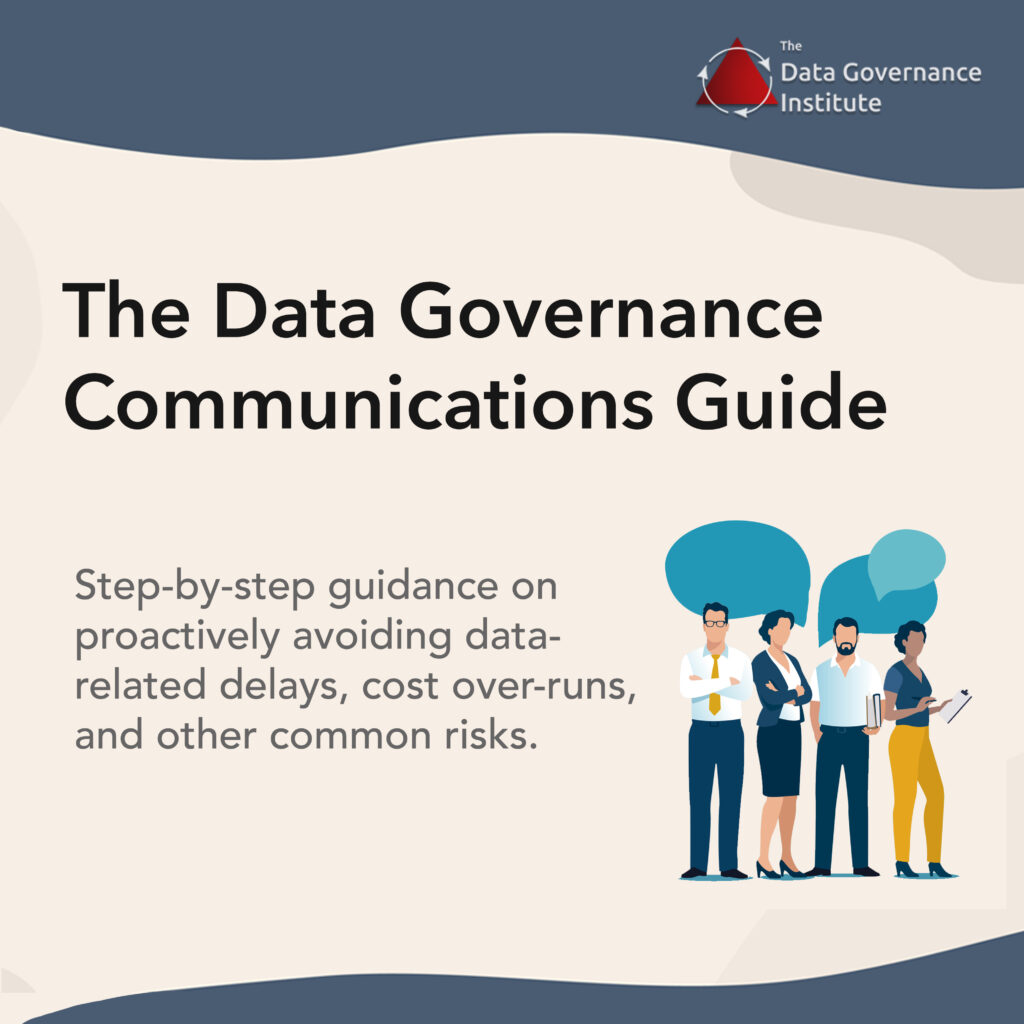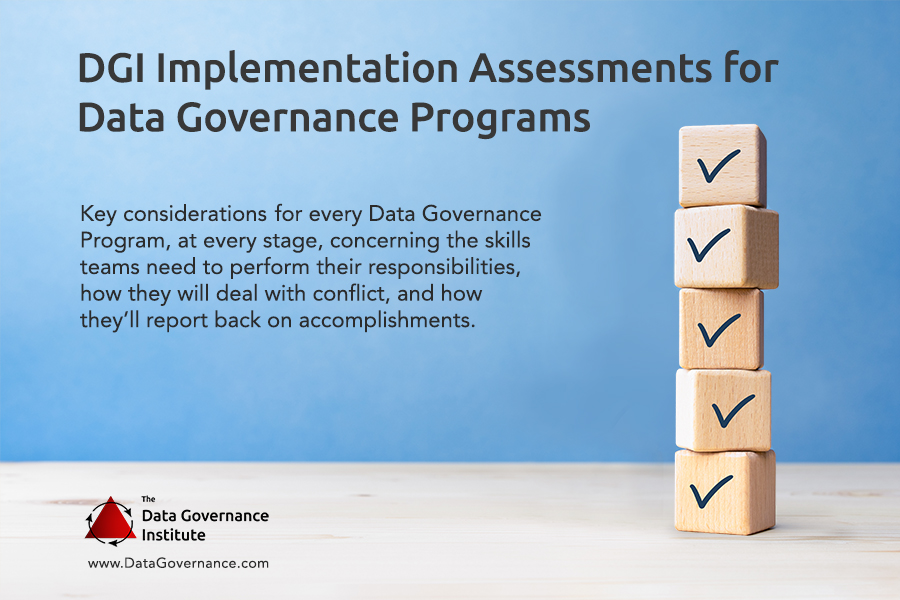The DGI Data Governance Framework addresses funding two ways:
- Obtaining funding and support is a phase in the Data Governance Life Cycle
- Funding is part of one of the components of the framework.

What type of funding is needed? Data Governance programs need to establish funding for four types of Data Governance and Stewardship efforts:
- The initial design and implementation of the Data Governance program
- Ongoing Data Governance / Stewardship / Compliance / Access Management efforts
- Ongoing Data Stewardship / Data Quality efforts
- Recommended projects and efforts that come from governance-led issue analysis.
It is this last type of funding that typically poses the greatest challenge for companies. We’ll look at options for funding issue-analysis recommendations. But first, let’s look at typical funding models for the first three types of Data Governance efforts.
Funding the Design of a Data Governance Program
Typically, organizations choose one of four models for creating a formal and acknowledged Data Governance program.
- A project to build a program
- Line item in other project
- Special funding by a stakeholder group
- Data Governance included in IT / Data Management / Data Architecture efforts.
1. A project to build a program
With this approach, a formal project is created to design and implement the program. Often, this project includes a prototype effort to which Data Governance is applied, such as a JAD session of Data Stakeholders or Data Stewards to address a legacy data issue.
Note: many “boilerplate” project plans are designed for the development of a piece of software, not for the development of a program. They can include steps and deliverables that don’t make sense for a program development project. Also, a certain amount of flexibility needs to be built into program development project plans, or project managers can find themselves having to process change requests when efforts to define scope and focus require multiple iterations, or meetings to discuss stakeholder needs are rescheduled.
2. Line item in another project
With this approach, a project that requires Data Governance to succeed in its objectives will include activities to initiate and fund the design and deployment of a formal Data Governance program. Examples would be SOA or Master Data Management initiatives or Data Warehouse projects.
3. Special funding from a stakeholder group
With this approach, a department or program with a major stake in the proper governance of data will initiate and fund the design and deployment of a formal Data Governance program. Examples would be SOA or Master Data Management programs, Data Warehouse initiatives, compliance initiatives such as Basel II or Sarbanes-Oxley, or Privacy/Access Control programs.
4. Data Governance included in IT / Data Management / Data Architecture efforts
With this approach, Data Governance is included in another technology or data-related program. If Data Governance is included in Enterprise Data Management efforts, for example, the program may be given a bucket of money to implement governance without being held to the type of spending oversight generally required of projects.



